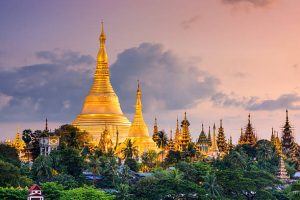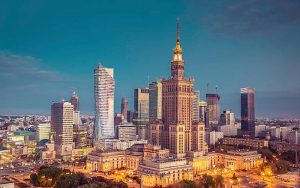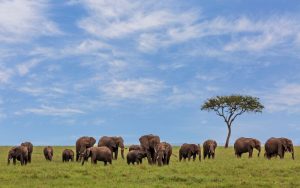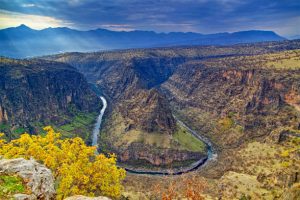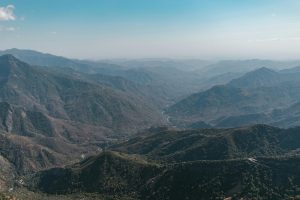Bhutan Off the Beaten Path: Travel Tips for Remote Valleys
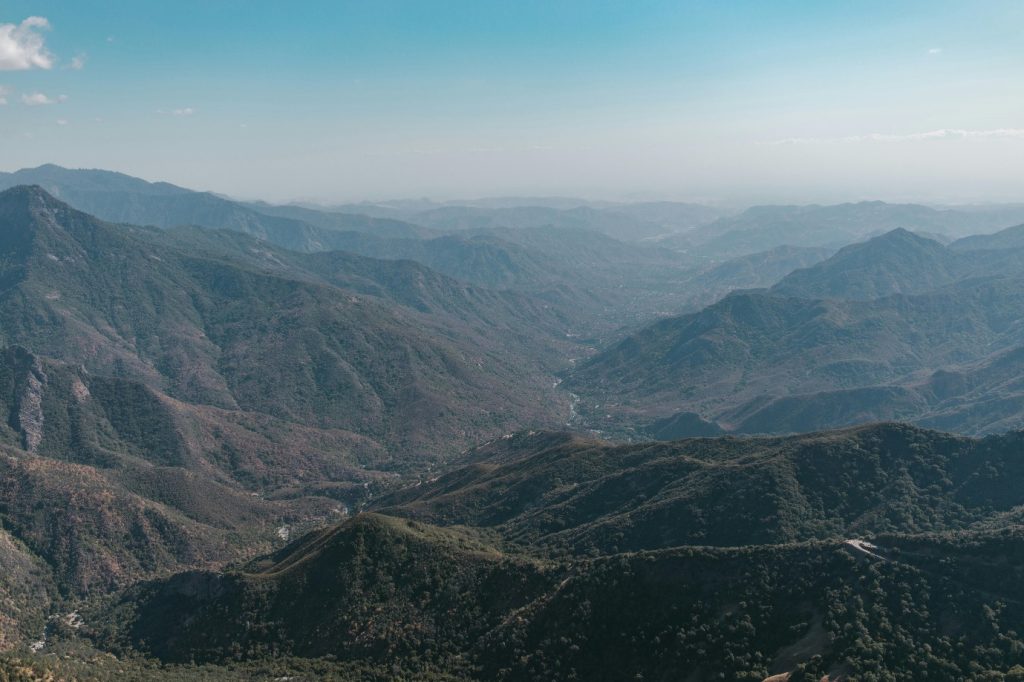
A visit to the Bhutan’s Remote Valleys can be likened to the storybook where amazing scenery, old monasteries, and quaint villages live in perfect harmony with each other. These remote areas provide tourists with the opportunity to forget about the hectic urban environment and get acquainted with the Bhutanese culture and nature. Regardless of whether you are traveling with your family or want to have a one-person adventure, the hidden valleys of Bhutan will be a memory that will remain with you forever.
It is important to plan to visit these remote regions so as to have a smooth and enjoyable visit. These tips will ensure that you maximize your travel, whether it is because you know the local practices or because you know the correct paths. By collaborating with reliable operators such as Gokite Oman, you will be guaranteed of professional advice, a safe and memorable adventure.
Essential Tips for Exploring Bhutan’s Remote Valleys
1. Best Time to Visit Bhutan’s Remote Valleys
Bhutan’s Remote Valleys are best visited in spring (March to May) and autumn (September to November). Autumn is characterized by clear skies, colorful festivals and spring is characterized by greenery and colorful rhododendron blooms. In higher altitudes it is harsh during winter and the monsoon season may cause trekking trails to become slippery. A Bhutan Tour Packages is definitely worth booking during these perfect months in a way that you can see the valleys at their most scenic and cultural time of the year.
2. Travel Documentation and Permits
Bhutan needs a visa and must be organized as a tourist, with tours being the only option to go sightseeing. A Bhutan Tour operator usually does your visa and assists in getting your permits to restricted places, such as remote valleys. By doing all the paperwork beforehand, you will save time on the side and will be able to enjoy your adventure with no unnecessary stress.
3. Choosing the Right Valleys
Bhutan boasts of many beautiful valleys each with different experiences. Paro, Punakha, Bumthang and Phobjikha are popular choices. Paro Valley is a family friendly place, where there are easy hikes and places of great interest such as the Tiger Nest Monastery. Punakha has calm rice terraces and rivers, which are ideal in taking peaceful walks and learning about the culture. Touring Gokite Oman would be a good idea to devise a customized itinerary to include adventure, rest and the authentic local cultural experiences.
4. Packing Essentials for Remote Valleys
Going to distant valleys involves packing. Layered clothes are mandatory because of changing weather and particularly at the higher altitudes. Necessities are trekking shoes, rain-gear, and first-aid kit, and reusable water bottles. Bring small amounts of money, there may be a shortage of ATMs. Proper preparation makes the trip comfortable and safe, and not a cause of worry to either the family or the single traveler.
5. Respecting Local Culture
The Bhutanese culture is spiritual and the observance of local customs makes your experience better. Always take off shoes prior to entering monasteries, wear modestly and do not point your feet at religious objects. Photography can be prohibited in places of worship hence seek permission. Treating locals politely does not only mean that you get to interact with them meaningfully, but also leaves a memory in your mind.
6. Food and Accommodation
Remote valleys usually are accommodated by simple yet comfortable, which is an expression of true Bhutanese hospitality. Classical food items like ema datshi (chili cheese stew) and momos (dumplings) are a must-have to any tourist. The reservation of guesthouses or hotels in Bhutan Tour Packages is not only comfortable but also helps in avoiding last minute rush, particularly during the peak seasons.
7. Trekking and Adventure Activities
The valleys of Bhutan are ideal to trekking lovers. The trails can be simple walks that the whole family can enjoy to challenging ones that can be taken by the experienced hikers. River rafting, mountain biking, and cultural walks are some of the adventure activities that enable one to explore these areas in different ways. Guided tours with reputable operators such as Gokite Oman will provide safety and provide you with precious local knowledge to make your experience more valuable.
8. Connectivity and Safety
Whereas there is reasonable connectivity in cities, remote valleys tend to lack internet and phone access. Take a chance and get out of touch with nature. Let family or friends know of your travel plans, keep offline maps and stay hydrated to avoid the sickness of the altitude. Travel insurance and carrying of essential medicines is an added measure of safety and peace of mind.
9. Sustainable Travel Practices
By visiting Bhutan’s Remote Valleys, be a responsible traveler. Reduce waste, eliminate plastic, and follow the established paths. Buy local handicraft and locally produced food. Sustainable travel practices will also assist in the conservation of the clean environment and culture of Bhutan so that future generations can also get a chance to experience these beautiful valleys.
Conclusion:
The Bhutan’s Remote Valleys provides a great chance to visit beautiful landscapes, culture, and the real life of local people. Families and solo travelers can have safe and meaningful experience by planning ahead, respecting the local customs and engaging in sustainable travel. Cooperation with an experienced operator such as Gokite Oman ensures the professional planning and personalized program, which makes your adventure both smooth and memorable.
Whether it is hiking up foggy hills or interacting with the local people, the isolated valleys of Bhutan offer not only sightseeing opportunities but also a unique opportunity to make unforgettable memories and to better understand nature and culture. Your trip to the hidden treasures of Bhutan will really become magic when you prepare it with great attention and with the spirit of curiosity.
